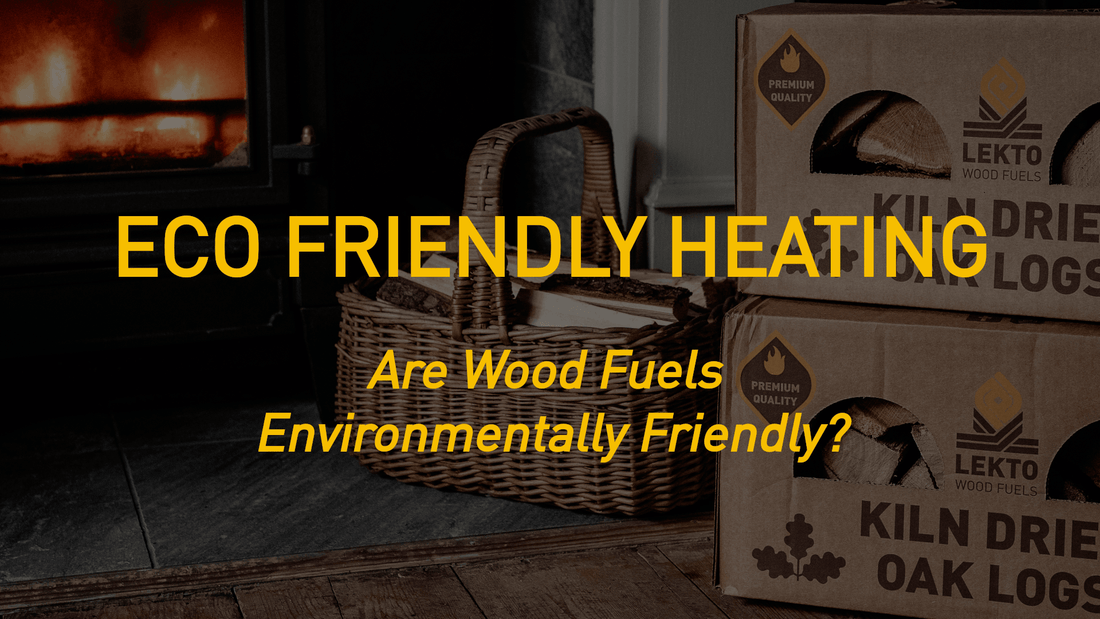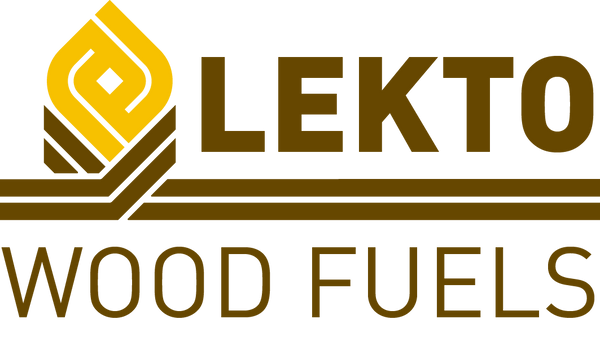
Eco Friendly Heating 101: Briquettes, Firewood, and Eco Logs
With the prices of gas and electric heat reaching record highs, many UK households are considering switching to cheap and plentiful wood heat. But with the news media full of conflicting reports on the environmental impact of fuelwood, many people are justifiably worried about making the jump.
Is wood fuel an environmentally friendly heating option? Is all wood fuel the same, or do you need to purchase specialised eco briquettes and eco firewood to avoid polluting the environment? What kinds of eco friendly heating systems are available to your household if you decide to make the switch? Are there any eco friendly wood burners for sale in the UK? And if so, what is the most environmentally friendly wood burning stove available on the market today?
In this article, we will answer all of these questions and tell you all you need to know about environmentally friendly heating with wood fuels.

Firewood Vs Coal: Which Fuel Is More Eco Friendly?
Let's start with the basics. As most people see firewood primarily as a more eco-friendly alternative to coal, let’s compare the two.
We all know that heating with coal is incredibly bad for the environment, but why exactly is this the case?
Talk to any scientist and they will tell you that burning coal unleashes trapped carbon in the form of CO2. This carbon has been out of active circulation longer than mankind has existed and it wouldn’t have reentered the atmosphere if it had not been extracted via coal mining (which is itself an incredibly environmentally damaging process). This means that, by extracting and burning coal, we are actively adding excess carbon into the environment. Carbon that wouldn’t otherwise ever end up there.
Wood is considered a much more eco-friendly heating option because the carbon dioxide that is released when wood fuels are burned is already an active part of the natural carbon cycle. This means that there is no net addition in the amount of CO2 in the atmosphere when wood fuels are burned.
What’s more, once a tree has reached the end of its lifecycle, it doesn’t matter if you burn it or let it naturally decay. Both processes will release the same exact amount of CO2 into the environment. The same goes for heating with gas. Carbon molecules are taken from deep under the ground and injected into the atmosphere.
This being said, in order to achieve actual carbon neutrality, fuelwood needs to be sourced from sustainably managed forests. So if more trees are planted than are cut, then wood fuel can be incredibly eco friendly. But if a lot of trees are cut and none are planted, the planet will be in trouble.
So here’s a brief rundown of what we’ve just discussed:
Why Is Wood Fuel More Eco-Friendly Than Coal?
Burning coal releases new, previously-trapped carbon into the atmosphere. Wood fuel, on the other hand, only releases carbon that is already in active circulation. This makes wood fuel carbon neutral.
Is Wood Fuel More Eco-Friendly Than Gas?
Yes, wood fuel is a more eco friendly source of heat than gas because it does not introduce any new carbon into active circulation. Gas heating, on the other hand, introduces previously trapped carbon into the atmosphere.
Is Wood Fuel Carbon Neutral?
Yes, firewood and briquettes are carbon neutral as the carbon stored in trees is a part of the natural carbon cycle. Burning wood doesn’t (and physically can’t) release more carbon than letting the tree biodegrade.
Have Any Government Agencies Declared Wood Fuel Carbon Neutral?
Yes, the US Environmental protection agency has declared fuelwood to be a carbon-neutral source of heat several years ago.
Eco Heating 101: Are All Wood Fuels the Same?
Now that we’ve established that wood fuel is, in principle, a carbon-neutral source of energy, let’s discuss why you shouldn’t burn low-quality firewood and briquettes.
When wet or improperly seasoned wood is burned, it releases a large number of harmful pollutants into the atmosphere. Chief amongst these is creosote, a cancerogenic, tar-like substance that is harmful to all forms of life. On top of that, creosote is a fire hazard, which is why your chiminea may end up catching fire if you don't hire a chiminea sweep every year.
Thankfully, all of these negative effects can be completely negated by simply removing excess moisture from the fuelwood. According to Defra's Ready to Burn standard, wood fuels have to be dried to a moisture content of under 20% to be legally sold in the UK. This is commonly recognized as a safe dryness level. But wood fuel manufacturers are free to go above and beyond these standards in creating wood products for environmentally friendly heating.
For example, Lekto's eco friendly briquettes and firewood are dried to standards that are roughly twice as strict as those defined in the latest Defra standard.
We sell eco firewood made from both oak and birch. Both kinds of firewood are kiln dried to a moisture content of between 10% and 12%. And our eco briquettes are dried to even lower moisture levels of under 9%. This makes our eco friendly heating products easy to light and allows them to burn cleanly, efficiently, and with virtually no smoke.
Why Is Burning Wet Wood Bad For the Environment?
When wet wood is burned, it releases large quantities of harmful pollutants, including toxic creosote.
How Dry Should Firewood Be to Be Save to Burn?
According to Defra's Ready to Burn standard, eco friendly wood fuels cannot contain more than 20% moisture.

Eco Friendly Heating: What Appliance Should I Buy?
So what kinds of eco friendly heating systems are available to your household if you decide to make the switch to wood heat? Use the following rules of thumb to make the right choice when buying a new wood-burning appliance.
What Is the Most Environmentally Friendly Wood Burning Stove Type?
The most eco wood burner type is a multi-fuel stove that is clearSkies certified. Slightly less efficient are regular Ecodesign-certified multi-fuel stoves, which produce several times less pollution than non-certified eco wood stoves.
What Is the Most Environmentally Friendly Wood Burning Stove in the UK?
There are dozens of wood stoves on sale that have achieved the perfect 5-star clearSkies rating. These include the Charnwood Aire 3 and the Henley Burnbright.

